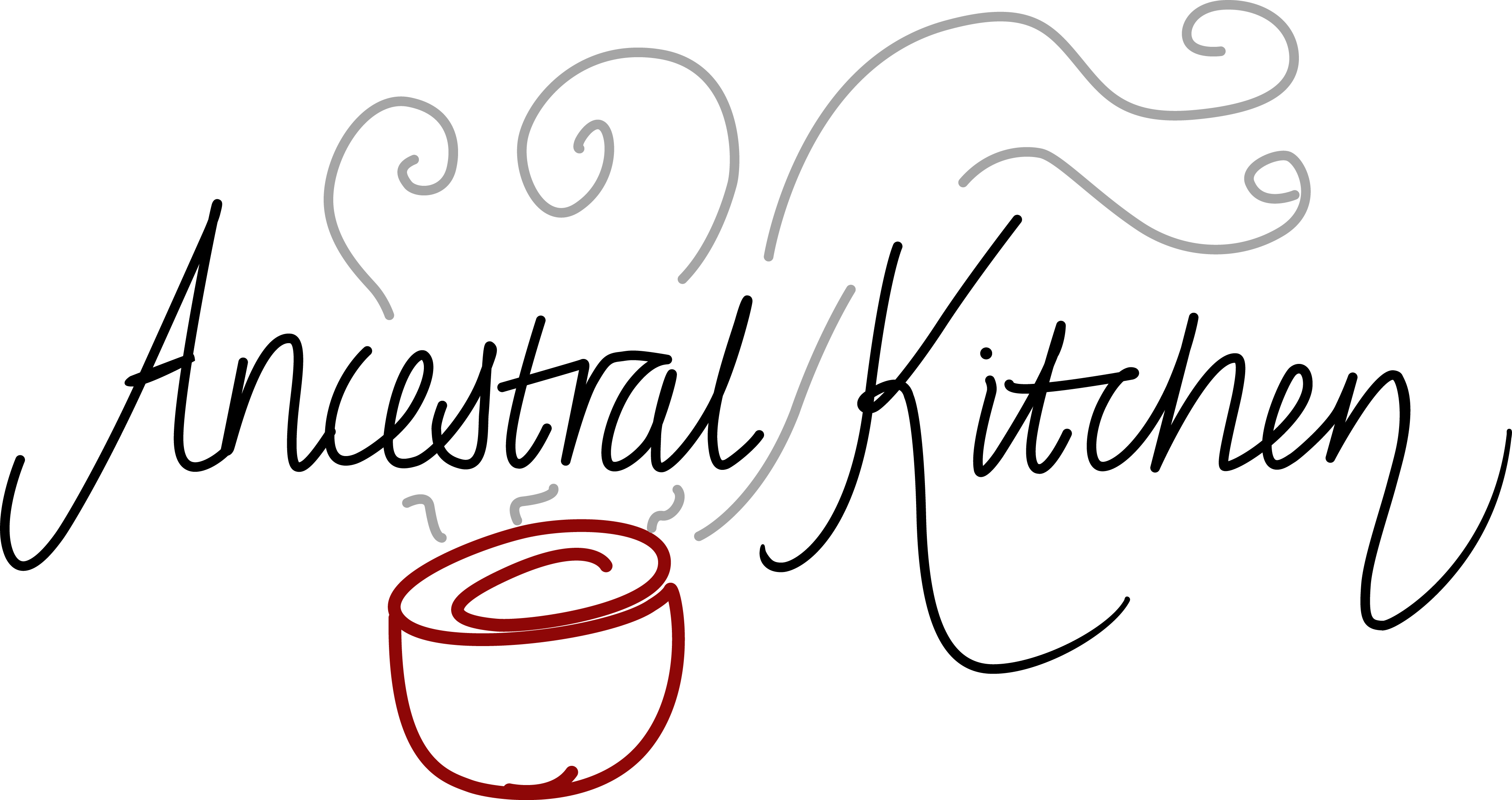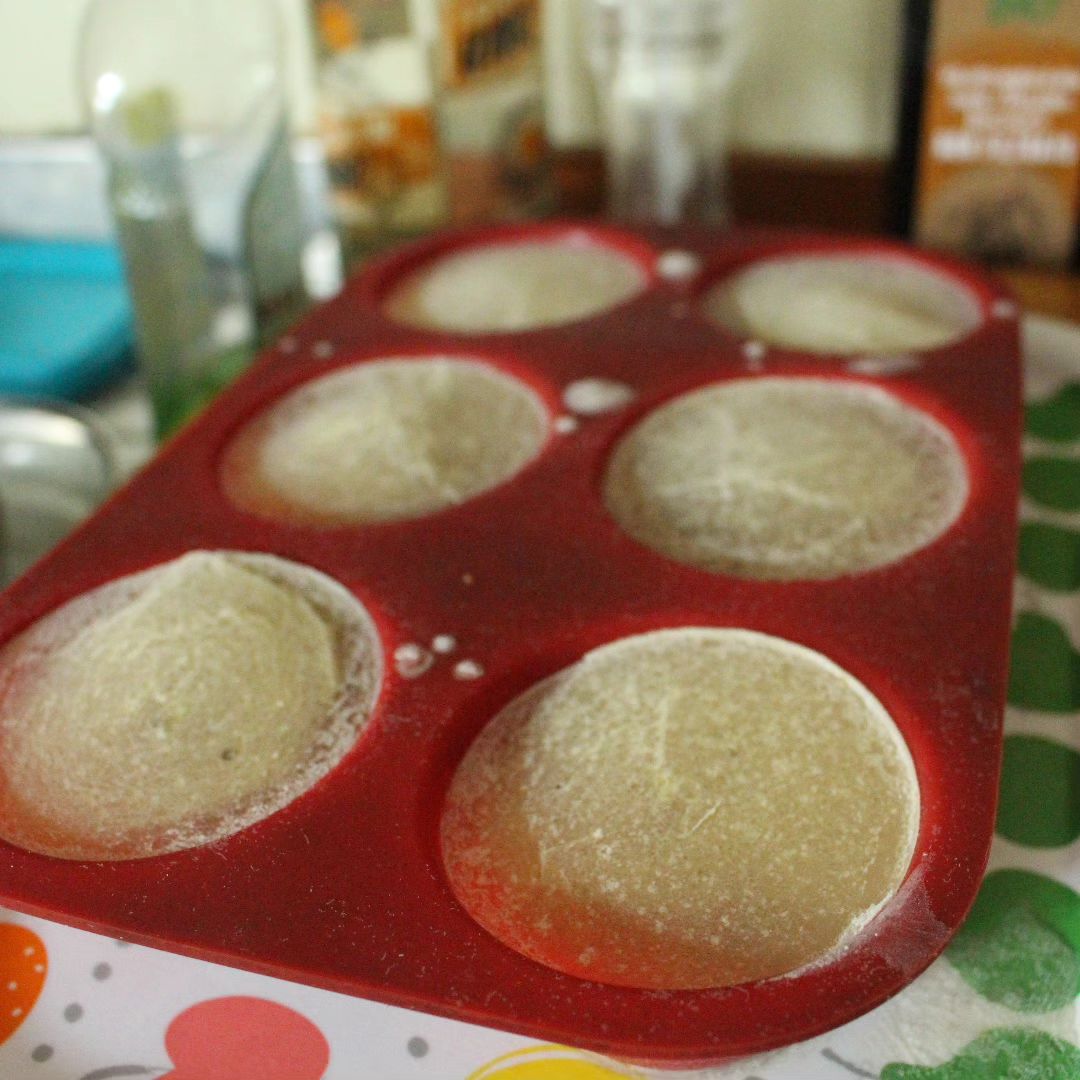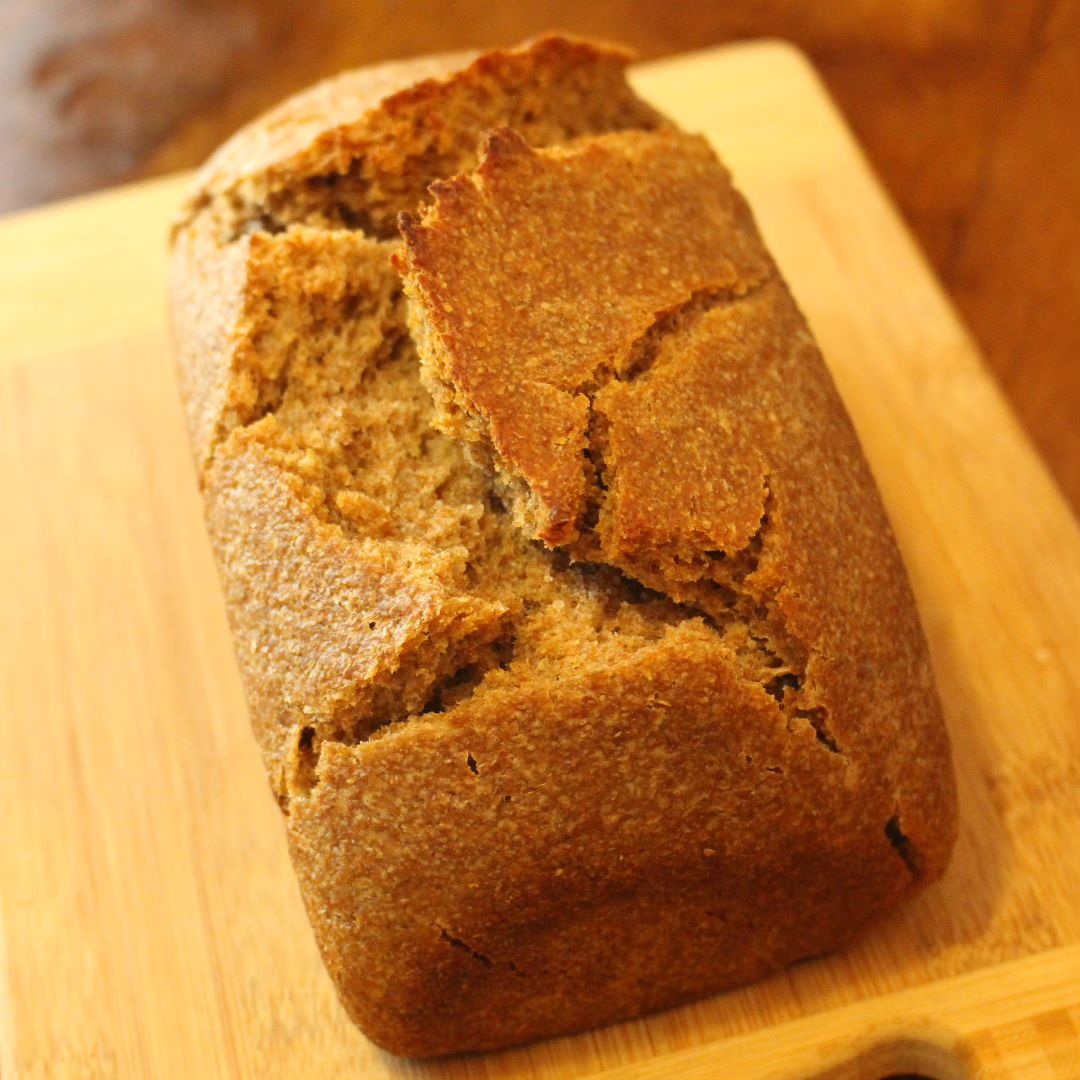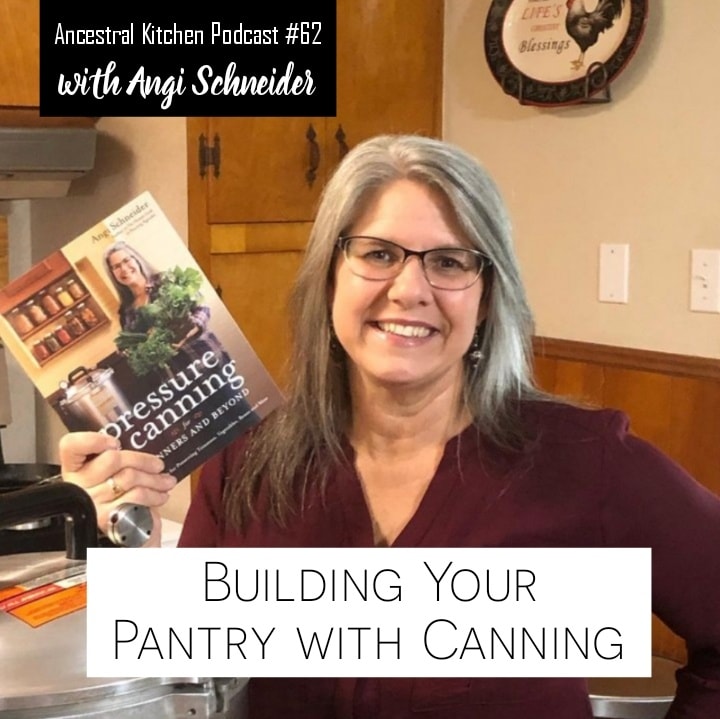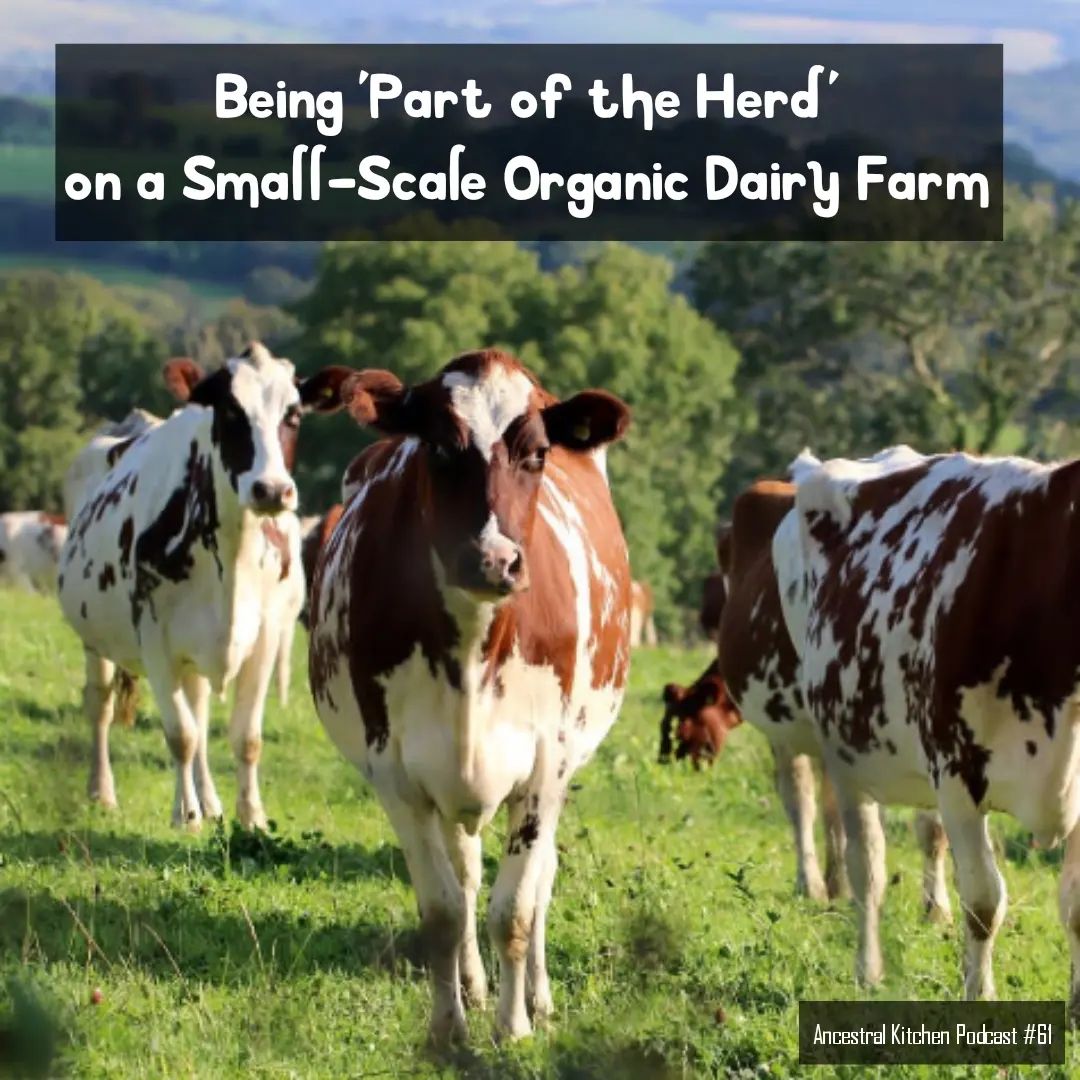I batch-make stock and freeze it, usually in pint/quart jars. But doing it like that means I don’t get broth as often as I want it; a large jar takes a while to defrost and I have to remember to get it out of the freezer in time. . Problem solved thanks to a great idea from the book Better Broths and Healing Tonics – I’m now freezing some of my broth in silicone muffin tins. I fill these up, put them in the freezer until solid, pop them out and put them all into one bag. Now, when I want a cup of broth or to cook some oats in stock, I open the freezer and get one out!! I also love grabbing one or two to add to a cast iron dish if it gets too dry. . They are also on standby for when I forget to defrost a large jar of broth. I can take two or three and add them to a batch of cooking grains for supper. . Thank you @its.just.health and @drkarafitzgerald for writing this amazing book. I love it’s practical broth essentials plus all the tonics, smoothies (yes, broth smoothies!) and recipes in it. . We’ve a podcast coming up in a few weeks all about the book :-)
I batch-make stock and freeze it, usually in pint/quart jars. But doing it like that means I don’t get broth as often as I want it; a large jar takes a while to defrost and I have to remember to get it out of the freezer in time.
.
Problem solved thanks to a great idea from the book Better Broths and Healing Tonics – I’m now freezing some of my broth in silicone muffin tins. I fill these up, put them in the freezer until solid, pop them out and put them all into one bag.
Now, when I want a cup of broth or to cook some oats in stock, I open the freezer and get one out!! I also love grabbing one or two to add to a cast iron dish if it gets too dry.
.
They are also on standby for when I forget to defrost a large jar of broth. I can take two or three and add them to a batch of cooking grains for supper.
.
Thank you @its.just.health and @drkarafitzgerald for writing this amazing book. I love it’s practical broth essentials plus all the tonics, smoothies (yes, broth smoothies!) and recipes in it.
.
We’ve a podcast coming up in a few weeks all about the book 🙂
